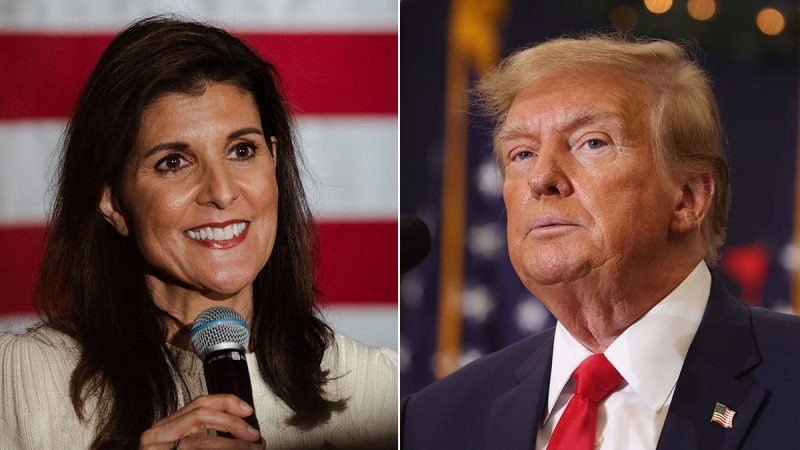Subverting Tradition: Choosing the Right Vice President
In the realm of politics, the selection of a vice president is crucial for any presidential candidate. It is a decision that can sway voters, appease party members, and ultimately determine the success or failure of a campaign. Often considered a strategic move, choosing the right vice presidential candidate can strengthen a campaign’s platform, broaden its appeal, and balance out a presidential candidate’s weaknesses.
In recent years, the selection process has become a spectacle of anticipation and speculation as candidates strive to find the perfect running mate. This year, with the upcoming election looming large, the pressure to choose wisely is greater than ever.
Traditionally, the vice presidential pick has been rooted in a desire for balance – whether that’s regional representation, ideological alignment, or demographic appeasement. However, the conventional wisdom of following this formula has been challenged in recent years. As voters become more engaged and demanding, the traditional selection process may no longer be sufficient.
One approach gaining popularity is the selection of a vice president who embodies change and represents a departure from conventional norms. This move is often seen as a signal of a candidate’s commitment to bringing fresh and innovative policies to the table. By opting for someone untethered to the political establishment, a presidential candidate can demonstrate a dedication to challenging the status quo and delivering real change.
Another crucial factor to consider is diversity. In an increasingly diverse and multicultural society, representation matters. With the spotlight on issues of racial and gender equality, a vice presidential candidate who reflects the diversity of the population can appeal to a broader range of voters. By ensuring that different perspectives are incorporated into the campaign, a presidential candidate can demonstrate a commitment to inclusivity and create a stronger connection with various communities.
Importantly, the vice presidential pick should also possess a strong set of skills and qualifications that complement those of the presidential candidate. A vice president should be capable of stepping into the role of the president if necessary, making it crucial to choose someone with the necessary experience and expertise. Whether it’s a background in economics, foreign policy, or social justice issues, the vice presidential candidate should be someone who can effectively contribute to governing and help achieve the campaign’s goals.
Finding the right vice president is a fine balance between strategy and authenticity. While it is essential to consider the political landscape and cater to the different factions within a party, it is equally crucial to stay true to the campaign’s core values and ideals. The selected vice presidential candidate should be aligned with the presidential candidate’s vision, ensuring a seamless partnership that can inspire voters and mobilize support.
In conclusion, the process of selecting a vice president has evolved over the years. The traditional considerations of balance and representativeness are no longer the only factors at play. With an increasing desire for change and a focus on diversity, presidential candidates must carefully weigh the different aspects that constitute an ideal running mate. The future of American politics may rest on the ability to recognize and embrace the evolving needs and expectations of the electorate.

